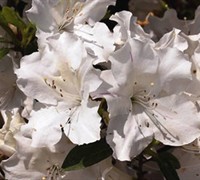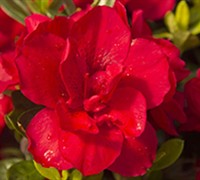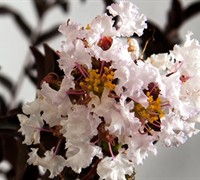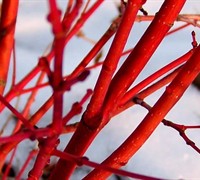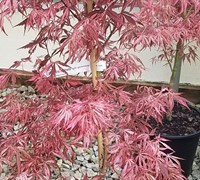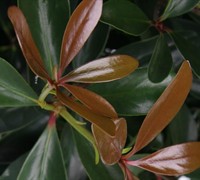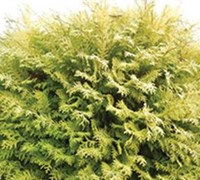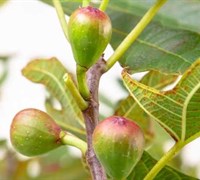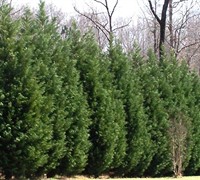Loropetalum - Beautiful Fringe Flowers
LOROPETALUM - BEAUTIFUL FRINGE FLOWERS
Loropetalum is a genus of plants in the witch-hazel family (Hamamelidaceae) which are native to China, Japan, and southeastern Asia. The name – Loropetalum – comes from the Greek words loron (strap) and petalon (petal). The flowers of the Loropetalum are produced in clusters and are composed of slender strap-like petals. In fact, one popular species of Loropetalum is L. chinense, commonly called the “Chinese fringe-flower” for the appearance of the long, thin petals. These prolific bloomers can start blooming in late winter, covering themselves in masses of blooms throughout the Spring. They also may continue blooming sporadically through the summer and fall. The flowers develop in clusters, with three to six blossoms gathered at the tips of the branches and at the bases of some of the leaves (at the leaf axils).
Since Loropetalum chinense is so well known for its profusion of flowers, I thought a little lesson in flower anatomy would be relevant. A flower is the reproductive structure of angiosperms (flowering plants). The biological function of a flower is allow for the union of sperm and egg to create a new plant embryo encased inside of a seed. Therefore, there are both “male” and “female” parts to a flower, because like humans, plants reproduce by sexual reproduction.

The “male” parts of the flower include the anther and the filament – which are combined in a structure called the stamen. The filament is a stalk that holds the anther up, and the anther is what contains pollen. And you may have never realized, but pollen grains are the sperm cells of plants. Once it contacts the female stigma (discussed below) the pollen grain germinates, growing a pollen tube that allows it to transfer the sperm to the female egg housed inside the ovule.
The “female” parts of the flower include the stigma, the style, and the ovary – combined into a structure called the carpel (also called a pistil). The sticky tip of the carpal, the stigma, is where the pollen grains are received. The supportive stalk (style) has to be navigated by a pollen tube transporting sperm toward the ovary once a flower has been fertilized. The ultimate destination for the sperm is the egg cell housed inside of an ovule within the ovary.
Once a sperm and egg cell have fused, a zygote is formed, which grows into a new embryo protected by a hard seed coat – which is derived from the structure of the ovule. The ovary surrounding the ovule then develops into a fruit. The fruit produced in this manner includes things that we commonly think of as culinary fruit – apples, strawberries, grapes, lemons, nectarines, etc. – tasteful delights that help the angiosperms disperse their seeds by enticing humans and animals to pick them, eat them, and scatter their seeds. Yes, the next time you eat a fruit you can picture yourself eating the plant’s ovary!
But there are also lots of other structures that are technically “fruits” in the scientific sense (because they are derived from the plant’s ovary), but which don’t match our general definition of the word. For example, bean pods, corn kernels, tomatoes, wheat grains, squash, and even most nuts are fruits by a scientific standard (and many more!). In summary, the fruit is formed from the ovary and grows to contain the seeds and then to aid in seed dispersal. We’ll cover different types of fruit in a future article. For example, in some types of fruit, the edible portion arises from the receptacle, which is the thickened part of the stem from where the flower organs grow.
New Arrivals at Gardener Direct

